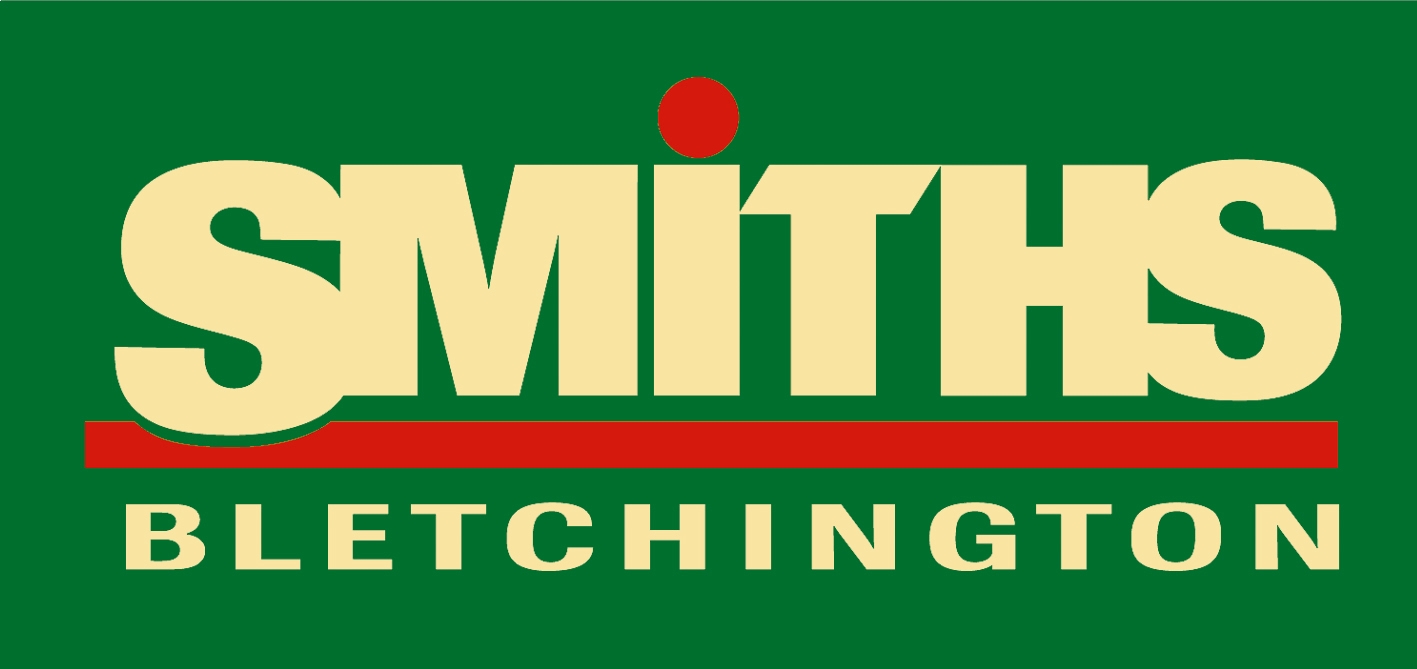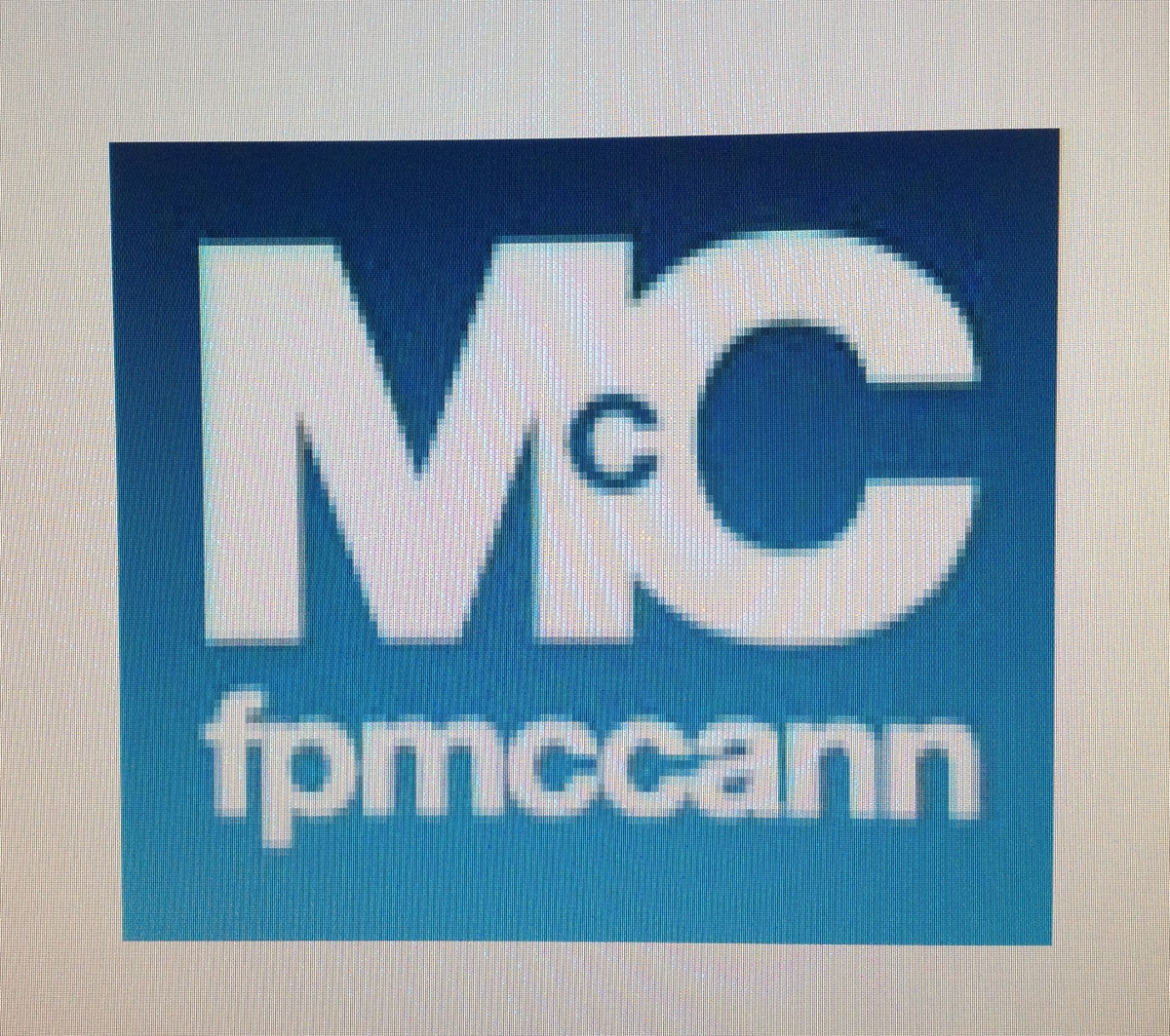Title Page
-
Site conducted
-
Job Number (Please input)
-
Location
-
Add location
-
Conducted on
Health & Safety Procedures Discussion
-
There is a variety of materials in the workplace and there is a fixing for each situation, it is vitaly important to choose the right fixing for each application, both for a sucesfull installation and a safe installation.
Before drilling/fixing into any wall or material, you should check what is under the surface. either visually or with a cable, pipe and stud finder.
Typical fixings you will come accross on a day to day basis would be;
1. Screw in plasterboard fixing for lightweight fixing in plaster board.
2. Self-tapping screw which will tap its own hole as it is driven into the material, will tend to pretude.
3. Masonary plug and screw, you day to day fixing into brick or solid walls.
4.Pan head nut and bolts, perfect for fitting in a mechanical environment due to its soft edge.
There is a fixing for every application. If for any reason you are not sure on the appropriate fixing to use, it is to be escalated to the senior engineer on site, if not satisfactory or still not known, escalate to the Project Manager for clarification. Further and indepth training can be made available for anyone who feels like it could be of benefit, please make it known if required.
Follow-Up Questions
-
Do all employees fully understand the safe use of fixings?
-
What further action is required?
Confirmation
-
Delivered By Competent Person (Full Name and Signature)
-
By signing this, you confirm that the information discussed during this meeting were fully understood.
-
Click + to add signee who participated during the toolbox talk meeting
Signee
-
Full Name and Signature
-
Do you feel you require further traing?













